Executive Summary and Recommendations
CLDI want to work to promote early identification of Biliary Atresia in infants. This report is to identify where issues are occurring and what we can do to decrease the chances of them happening in the future. We also want to be able to prioritize actions based on the best use of our resources and the potential impact on the issue.
Jaundice occurs in 50% of infants. Typically it clears after 2/3 weeks. If it goes on longer than that it can indicate liver disease. The Kasai procedure can be conducted on infants with Biliary Atresia - the disease most likely to lead to liver transplant. The earlier this procedure is done the more likely that it will be successful. After 7 weeks old the success rate of the Kasai declines rapidly. This makes it critical to be able to spot liver disease in infants early and to distinguish between normal jaundice and jaundice that could be indicative of liver disease.
CLDI have carried out a number of projects so far in this area. We have distributed yellow alert packs to 20% of all PHNs, emailed them about CLDFs yellow alert app, put articles on nursing websites and worked with the team in Crumlin to have CNSs providing training to student and existing PHNs in UCD.
Based on examples from parents, we have pinpointed a number of areas where we believe that improvements can be made.
We are prioritising 3 projects.
Stool Chart Project
Developing a CPD module to be put onto the ICGP website and distributed widely to medical professionals
Targeting PHNs through the University courses for students and practising PHNs.
There are 7 other proposed projects. These will be reviewed as we make progress on the 3 priorities depending on the resource available.
